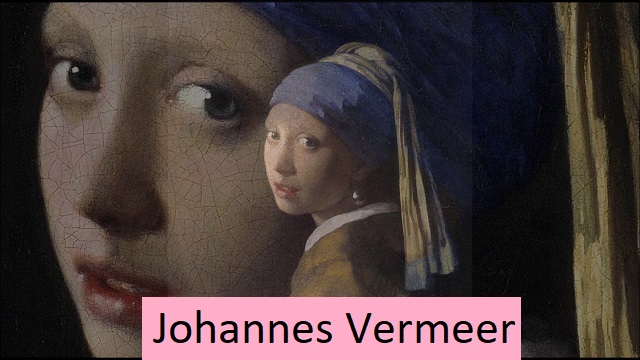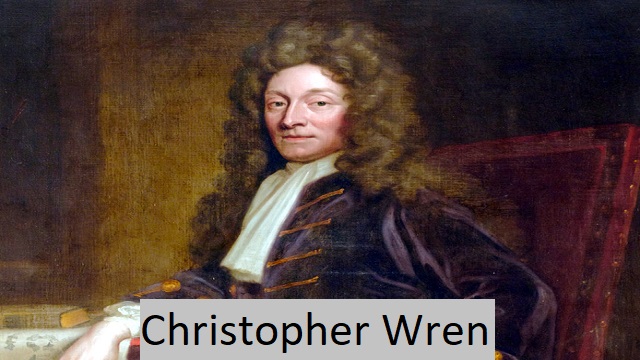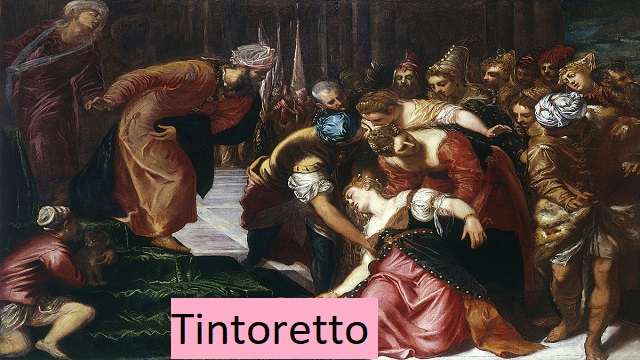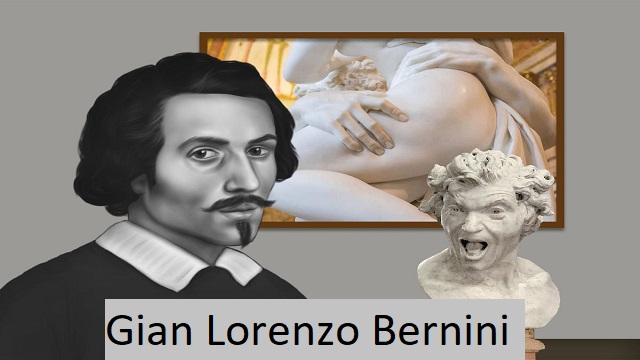Titian
Titian, fully Italian Tiziano Vecellio or Tiziano Vecelli, (born 1488/90, Pieve di Cadore, Republic of Venice [Italy] – died August 27, 1576, Venice), the greatest Italian Renaissance painter of the School of Venice. He was recognized early in life as an exceptionally talented painter and his reputation has never wavered over the centuries.
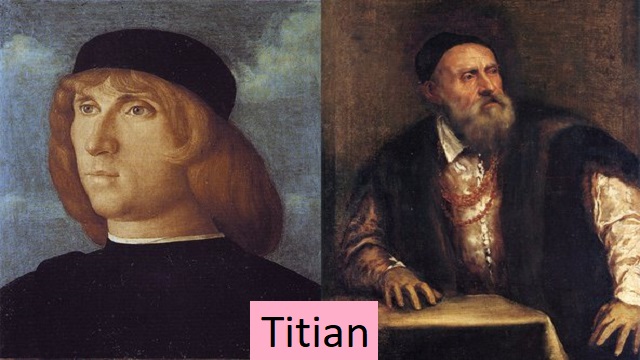
In 1590, the art theorist Giovanni Lomazzo declared him “the sun among the little stars, not only among the Italians, but among all the painters of the world.”The universality of Titian’s genius is not questioned today, because he was so brilliant in all aspects of a painter’s art. In his photographs he sought and penetrated the human figure and captured it in images of pictorial genius. His religious compositions span the full spectrum of emotions, from the allure of the young Virgin Mary to the tragic depths of the later crucifixion and burial. In his mythological paintings he portrayed the joys and carelessness of the ancient pagan world, and in his paintings of the naked Venus (Venus and Adonis) and Danae (Danae with a nurse) he often set the standard for outward beauty and eroticism. . It’s sensual. Nothing like this has ever happened. Seen before overtaking. Other great masters, such as Pierre Paul Rubens and Nicolas Poussin, paid him exemplary tributes.
life and works
Titian’s birth date has long been given as 1477, but most later critics prefer 1488/90. Titian was the son of Gregorio di Conte dei Vecelli, a humble civil servant, and his wife Lucia. He was born in a small town called Pieve di Cadore. Pieve di Cadore is located in the Alps, north of Venice and not far from Tyrol, Austria. At the age of nine, he left for Venice with his brother Francesco, to live with his uncle and learn from Sebastiano Zuccato, a mosaic master. Soon the boy moved into the studio of the Bellini family, where Giovanni Bellini, the greatest Venetian painter of the time, became his real teacher. Titian’s early work is evident in his schooling as well as in his early association with another pupil of the old Giovanni Bellini, namely Giorgione of Castelfranco. Their collaboration in 1508 on the frescoes of the Fondaco dei Tedeschi is the starting point of Titian’s career and explains why it is difficult to distinguish the two artists in the first years of the 16th century. The only fragmentary lines of the fresco that remain are the Allegory of Justice, the main scene attributed to Titian. An engraving of the fresco (1760) by Antonio Maria Zanetti, now in a very faded state, gives a better idea of the idealism and sense of physical beauty that characterize the works of both artists. The problem of distinguishing between the paintings of Giorgione and the young Titian is practically insurmountable. There is little conclusive evidence, and even less consensus among critics, for the attribution of specific works. There was a tendency among Italian writers to ascribe too much to the young Titian.
It is certain that Titian’s first independent commission was the Three Miracles frescoes of St. Anthony of Padua. There is a miracle that the child in creation speaks better. Another Wonder of the Evil Son has a very nice landscape that shows how similar the terrain and atmosphere are to the works of Titian and Giorgione from this period. In fact, after Giorgione’s death in 1510, Titian was commissioned to add a landscape background to Giorgione’s unfinished Sleeping Venus. This is a fact recorded by the contemporary writer Marcantonio Michiel. Giorgionesque still in Titian’s Baptism of Christ (c. 1515), where the tamed young donor is shown in the lower right corner, has a more fertile setting.
The authorship of the individual portraits is the most difficult to establish, but The Man in Blue (called Ariosto) is definitely by Titian, signed with the initials T.V. (Tiziano Vecellio). Attention to the size and texture of the quilted sleeves seems to define Titian’s own style. The Concert, on the other hand, is one of the most discussed images, as it has been considered the most typical image of a Giorgione since the seventeenth century. The remarkable psychological content and surprising clarity of the modeling of the central characters led 20th-century critics to favor Titian. The technique and apparent intelligence of the young Venetian gentleman in The Young Man with a Cap and Gloves has led modern critics to attribute these and similar paintings to Titian.
Early works on mythological or allegorical themes show the young artist still under Giorgione’s spell in creating a poetic Arcadian world in which nothing is ordinary or profane. The inspiration lies in the pastoral world of love texts by 16th-century Italian poets Jacopo San’Nazzaro and Pietro Bembo. His three epochs of man, where the erotic relationships of young couples are understated, and an atmosphere of tenderness and sorrow dominates, is his one of the most refined of them all. The contemporary Sacred and Unholy Love is also set in a landscape of extraordinary beauty, but here the allegory is difficult to understand. The most common interpretation considers the two women to be twin veins, according to Neoplatonic theory and symbolism. The terrestrial Venus on the left represents the generative forces of nature, physical and intellectual, while the naked Venus on the right represents eternal and divine love. Fundamentally more of a beautiful, idealistic young woman than a ruthless biblical anti-heroine, Salomé is endearing.

Titian’s Adult Life and Works
In the early 1520s, Titian brought a young woman from Cadore named Cecilia to his home in Venice. In 1524 and 1525 two sons were born: Pomponio, who became a priest, and Oraccio, who later became a painter and chief assistant to Titian. Titian married her in 1525 during Cecilia’s grave illness. She later recovered and gave birth to two daughters, Lavinia (born 1529/30) and another who died in infancy. After Cecilia’s death in 1530, the painter was heartbroken and never remarried.
mythology figure
Titian’s fame spread abroad, and King Alfonso I sought him out one of the principal masters of mythological composition for the newly built alabaster chambers in Ferrara Castle. Two of the paintings are the Adoration of Venus and the Andorian. The most interesting are Bacchus and Ariadne. The friendly atmosphere, the pagan spirit and the sense of humor of this interpretation of the ancient pagan world are among the miracles of Renaissance art. The warmth and richness of the colors help balance the deliberately asymmetrical group of figures set in a lush landscape that is also an integral part of the design. At this point, Titian partially repainted the background of Giovanni Bellini’s “A Feast of the Gods” in the same room in Ferrara to better suit the series.
The criterion of female nudity, arranged diagonally across the screen, was established by Giorgioni in The Sleeping Venus. In Titian’s Venus of Urbino, the image and position of the idealized body remain almost unchanged, except that the goddess is awake and lying on a couch in the great chamber of a palace. These two works have never been surpassed in terms of form beauty. Despite the inherent eroticism of the subject, Titian succeeds with restraint and good taste. Variations on the theme are repeated throughout his career. Religious painting
Among Titian’s religious paintings created between 1516 and 1538, the Assumption of the Virgin (1516–18) is one of his most recent works. This large yet memorable composition occupies the high altar of Santa Maria di Ferrari in Venice, a position which fully justifies the scene of the Virgin’s triumphal ascent into heaven with the great semicircular angels. The apostles are surprised by this miracle and gesture. When the painting was unveiled, it was immediately recognized as a work of very great genius.
The Formation of the Virgin at the Assumption and Configuration of the Virgin and Child by Titian with SS. As donors, Francis, Alvis and Alvis Josi show the influence of Titian’s contemporary Raphael. Saint Sebastian standing at the Altar of the Resurrection under the influence of Michelangelo. But these effects are of secondary importance because the landscape, physical types and colors are entirely Titian’s. In Madonna of Pesaro (1519–1526), Titian created a new type of composition, placing members of the Pesaro family’s Madonna and saints in a massive columned portico of the church. The picture is full of sun and shadow. The work established a formula widely followed by painters of the later Venetian Renaissance and served as an inspiration for some Baroque masters, including Rubens and Anthony van Dyck.
This was followed by numerous masterpieces by Titian, of which only a few can be mentioned here. The poetic charm of the artist’s landscapes continues in Madonna with Child and Saint Catherine and Rabbit and Madonna with Child and Saint. John the Baptist and Catherine of Alexandria (ca. 1530). The Tombment is his first tragic work, in which the irreversible end of death and the despair of Christ’s followers is memorably developed in a twilight atmosphere. A huge canvas, the majestic presentation of the Virgin within the temple reflects the grandeur of Venetian Renaissance society in a splendid architectural setting, partly in the latest style of contemporary architects Sebastiano Serlio and Jacopo Sansvino. Although the grandeur of the scene is also related to the established traditions of Venetian art, the composition emphasizing verticality and horizontality constitutes Titian’s interpretation of the High Renaissance style.
Photo
One of Titian’s greatest triumphs came when he answered the call of Bologna in 1530 at the time of Charles V’s coronation as Holy Roman Emperor. In 1531, in accordance with his marital status, he moved to the Venetian palace known as Casa Grande. Titian returned to Bologna in the winter of 1532–33 to paint Charles on the occasion of the second meeting between Charles and Pope Clement VII. A portrait of Charles V in armor (1530) and another painted in January 1533 have been lost, while a copy of a portrait by Jacob Seisenegger, Charles V with the hound (1532–33) survives. Charles was so pleased with Titian’s work that in May 1533 he awarded Titian the highest order of chivalry. After that, the Austrian and Spanish Habsburgs remained Titian’s most important supporters. Charles tried to persuade Titian to go to Spain in 1534 to paint the Empress’ portrait, but Titian wisely refrained from the difficult journey.
Other portraits by Titian in the 1520s and his 1530s provide a gallery of the leading Italian nobility. A good example is Alfonso de Avalos, Marchese del Vasto (1533), brilliantly rendered in gleaming gold-decorated armour. It is accompanied by a saucer whose head reaches to his waist. Entering a minor number to give a bar is a process Titian used frequently. Another poignant portrait of him in armor is that of Maria della Rovere (1536-1538) of Francesco, Duke of Urbino (1536-1538), with minor exceptions. Here the duke’s military career is highlighted not only by his armor but also by his staff in hand and three others in the background. These works are essentially idealized portraits of countries, although the heads are very convincingly rendered. The Doge Andrea Gritti symbolizes the status and authority of the rulers of Venice in a broader sense. The large body contained within a large canvas shows outstanding design and unrivaled presence. In his later works, Titian succeeded in making the figure appear solid by filling in the space on the canvas.
Read also: Peter Paul Rubens


